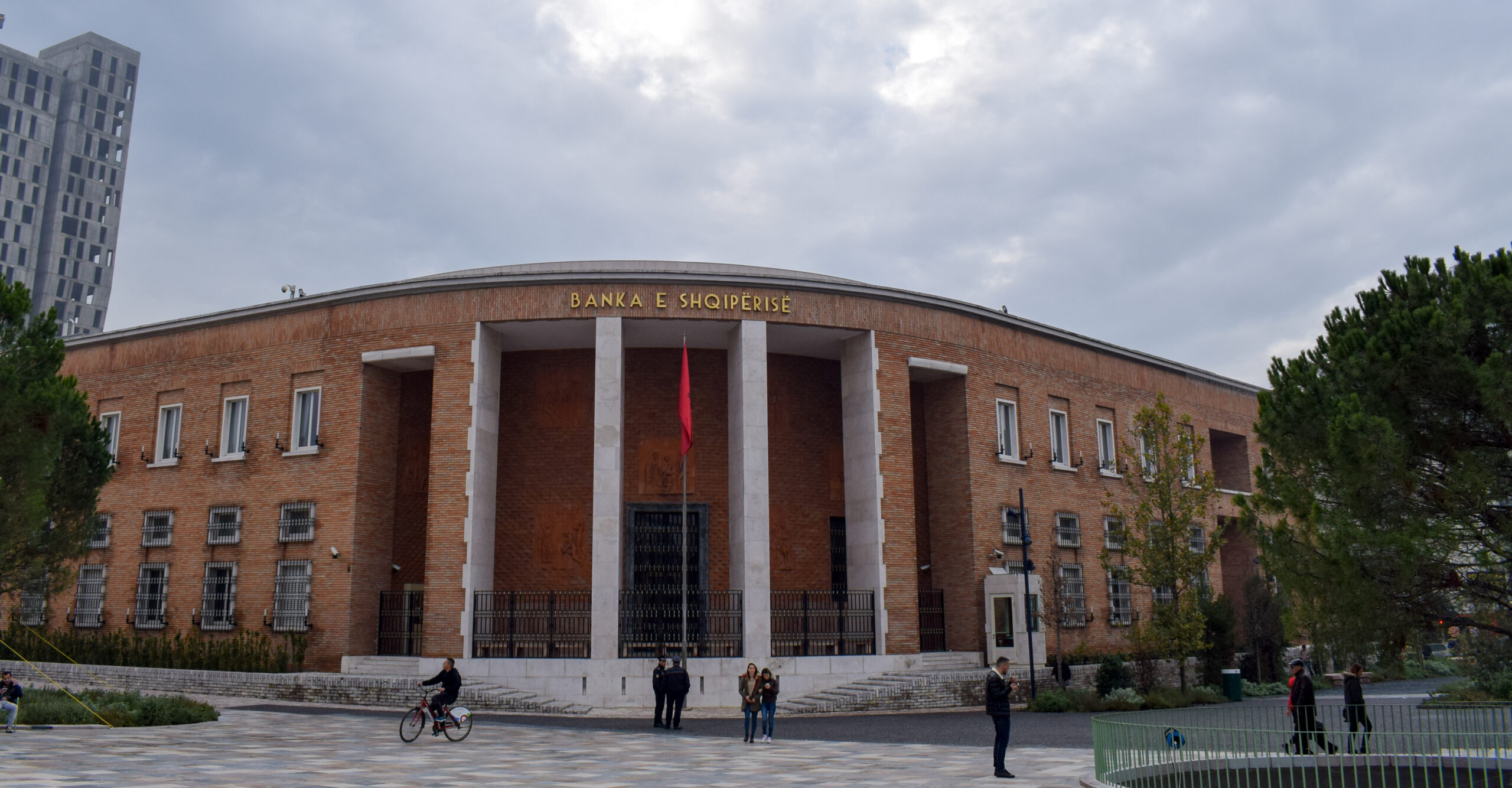Albania eases bank capital rules to boost infrastructure lending; crisis buffer held at 0.5%

The Bank of Albania has adjusted capital-adequacy rules to give second-tier banks more room to lend to large infrastructure projects—roads, ports and airports—under strict regulatory supervision. The move is designed to stimulate investment while safeguarding financial stability. Separately, the central bank kept unchanged the crisis-time capital reserve that banks must hold at 0.5%, to protect savers.
Why is this important: The changes are meant to unlock credit for big projects without loosening risk controls. By tailoring capital conditions for this type of lending—while keeping the crisis reserve at 0.5%—authorities aim to balance economic development with a resilient banking system.
Context: The Bank of Albania says all new lending will remain under tight oversight. The objective is clear: maintain equilibrium between growth and prudence so banks stay strong and depositors’ savings remain secure.
Next steps: Banks can expand project-finance activity within the new framework, while the supervisor monitors implementation and risk levels.


